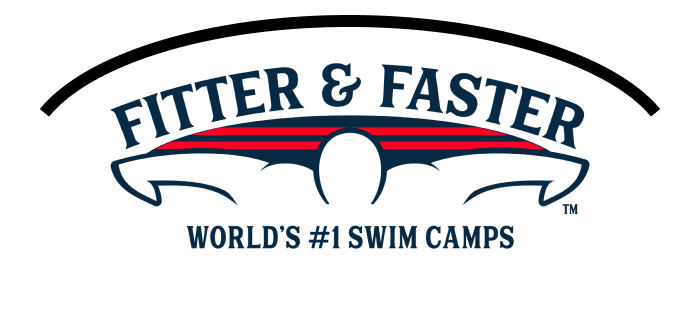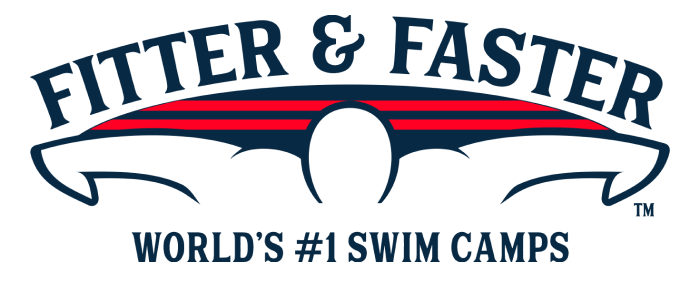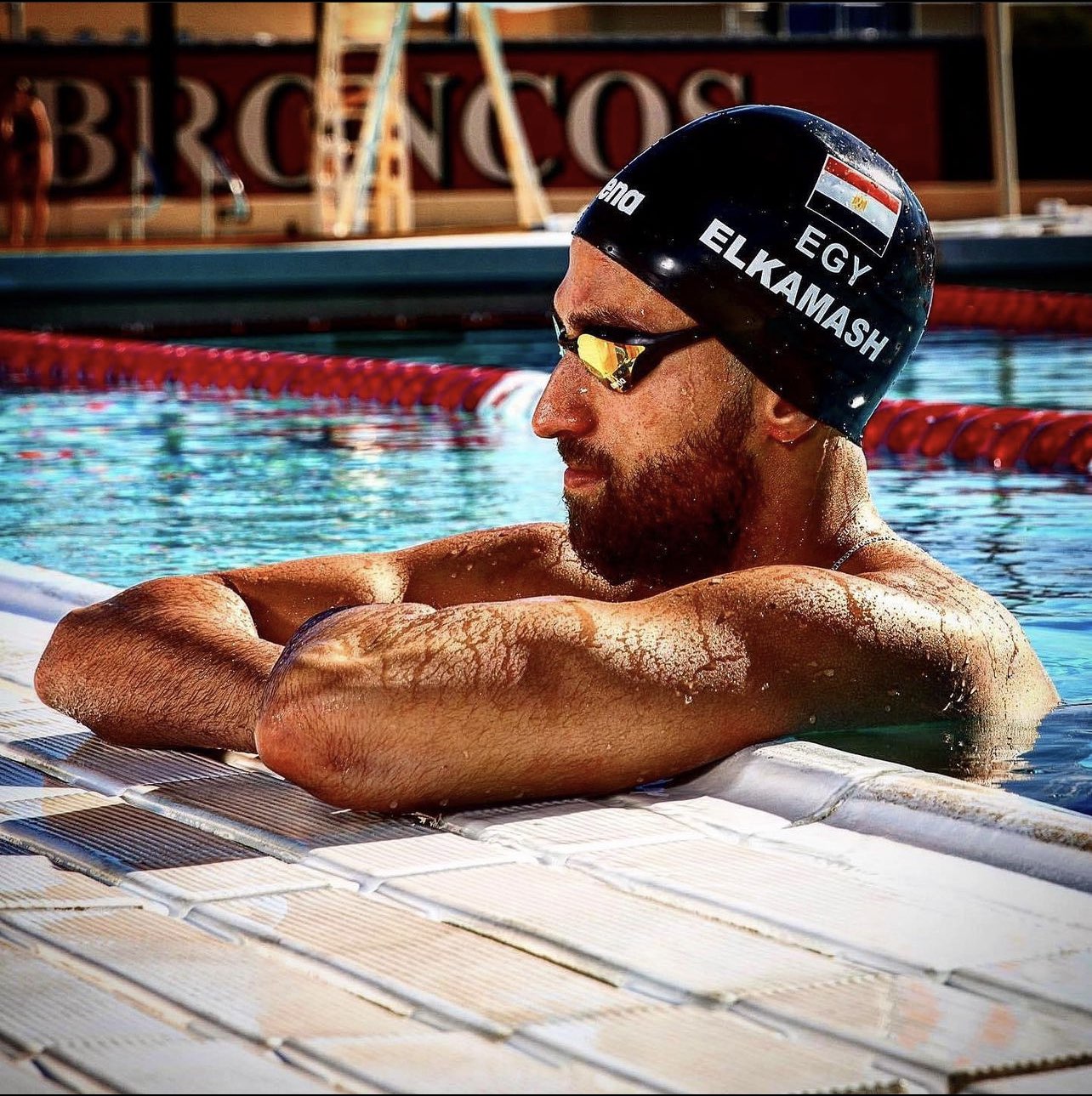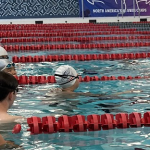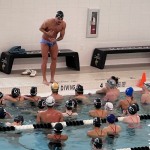Complete Butterfly & Breaststroke Racing Skills Swim Camp (Ages 10 to 14)
Yorba Linda High School Aquatics Center
4175 Fairmont Blvd,
Yorba Linda,
CA 92886
- days
- hours
- minutes
- seconds
Introduction
Fitter & Faster is producing a 2-day swim camp for competitive swimmers ages 10 to 14 at the Yorba Linda High School Aquatics Center in Yorba Linda, California on November 8 & 9, 2025!
COMPLETE BUTTERFLY & BREASTSTROKE RACING SKILLS SWIM CAMP (Ages 10 to 14)
DAY 1 (Saturday, November 8):
-> Session 1: Starts, Underwaters & Breakouts
-> Session 2: Butterfly Technique
DAY 2 (Sunday, November 9):
-> Session 3: Breaststroke Technique
-> Session 4: Open Turns, Underwater Pullouts & Finishes
Scroll down for details on the curriculum!
-> Availability in each session is limited to 24 participants to ensure the highest level learning experience.
-> SAVE when you purchase the "Entire Camp Bundle” for your swimmer.
START TIMES:
Sessions 1 & 3: Check in 9 AM, Camp 9:15-11:45 AM
Sessions 2 & 4: Check in 12:30 PM, Camp 12:45-3:15 PM
Suggested Participants
Our top priority is to provide a world-class learning experience for all participants at all of our camps. This clinic has sessions for swimmers ages 10 to 14. Participants will range from one-year of competitive swimming experience to AAAA times and faster. If you are the parent of a swimmer under the age of 10 and would like for your swimmer to be considered for this camp, please complete this questionnaire.
Curriculum
Butterfly and breaststroke share several key characteristics. Both are classified as "short-axis" strokes due to the undulating motion centered around the hips, and each uses an open turn. This camp builds on the natural connection between these strokes to develop faster, more effective racing skills in both. In addition, we will explore the distinct elements that set them apart—the dolphin kick in butterfly and the pullout in breaststroke—to get your swimmer racing fast in both strokes.
Session 1: STARTS, UNDERWATERS & BUTTERFLY BREAKOUTS
The better a swimmer’s technique is off the starting block, the more speed they will carry into the water. Session 1 of this swim camp will help your swimmer improve their start, underwater dolphin kicking and butterfly breakouts! We will also work on getting the most out of the single allowable dolphin kick for breaststroke. This sequence is not only the fastest part of every race, but it is also the part of the race in which elite swimmers cover the most ground with the most efficiency.
- BLOCK STARTS: To ensure an explosive start, a swimmer needs to set themselves up properly on the block. The elite clinicians will work with participants on the optimal positioning of your swimmer’s entire body to allow for a quick reaction time and optimal speed.
- WATER ENTRY: Starting the race with a smooth entry into the water will boost your swimmer's speed and carry the momentum generated off the block or wall. Becoming skilled at the water entry is crucial for any start and significantly contributes to your swimmers' overall race!
- STREAMLINE: The streamline - when done properly - is the fastest a swimmer travels while in the water. Proper streamlines are even faster than underwater dolphin kicking. Even the most elite swimmers in the world are constantly working on improving their streamline. Your swimmer will get tips to improve their streamline and a better appreciation of what they need to do on every single wall in practice and in races.
- INITIATING UNDERWATER DOLPHIN KICKING: Top age group and elite swimmers maximize their streamline on every single lap. They don’t start their underwater dolphin kicking while they’re still achieving maximum speed in their streamline! They also don’t want to start the underwater dolphin kicking after their streamline has begun to slow. Your swimmer is going to learn how to time when to begin their underwater dolphin kicking.
- POWERFUL UNDERWATER DOLPHIN KICKING: There are a few different techniques that swimmers use when underwater dolphin kicking. The common theme of these techniques is that the best swimmers kick up and down with equal power. We will show your swimmer the different techniques that elite swimmers use and teach them how to implement.
- NUMBER OF UNDERWATER DOLPHIN KICKS: Figuring out the optimal number of kicks off each wall, for each race, is essential to fast swimming. Elite swimmers want to spend only the absolute necessary amount of time underwater to establish speed with each length. They want to avoid losing their breath and taking weak kicks.
- BUTTERFLY BREAKOUTS: Many swimmers unintentionally add movements in their breakouts that reduce speed by creating drag. In this camp, participants will focus on perfecting their breakout timing to maintain momentum and power into each lap.
Session 2: BUTTERFLY TECHNIQUE
Butterfly is powerful, rhythmic, and beautiful when done well—but challenging to master. We’ll break it down into fundamental skills and help swimmers understand how to swim fly efficiently across all distances. An efficient butterfly is a fast butterfly!
- BODYLINE: Fatigue often breaks down butterfly technique late in races. We’ll work on maintaining a strong bodyline and high hips using a solid downkick on hand entry, an effective chest press, and a long reach out front. A strong core connection will help swimmers stay streamlined and efficient from start to finish.
- KICK: Each butterfly stroke has two kicks to propel the swimmer towards the other end of the pool! If the kicks are properly timed and strong, they can aid your swimmer’s efficiency and stroke timing! Your swimmer will work on how and when to kick in butterfly for maximum speed.
- THE CATCH: A proper catch starts with a well positioned hand entry. Hands should enter flat (not thumbs down), setting up a high-elbow catch that drives forward momentum. At the highest speeds, the momentum of the entry can be used to generate power on the water. For greater efficiency swimmers should reach forward and extend in the glide phase of the stroke.
- PULL PATTERN: Once swimmers establish a vertical forearm, the pull should move straight back toward the feet. Wrist angles must shift to keep the palms facing backward. We’ll emphasize exiting the stroke with momentum—without flipping water up, which wastes energy and drives the body down.
- BREATHING: Breath timing in butterfly affects everything—bodyline, pull, kick, and speed. Swimmers will learn to start their breath during the catch phase of stroke when their power is highest in order to support lifting their head and shoulders without their hips falling. They will also learn to keep their head low to the water in order to maintain the most efficient body position.
Session 3: BREASTSTROKE TECHNIQUE
Breaststroke is unique—no two swimmers look the same at the elite level. It’s all about reducing resistance, perfecting timing, and finding what works for each individual. We’ll build a foundation and then help each swimmer refine their style for maximum speed and efficiency. No matter your swimmer’s level, this session will strengthen their technique and lead to faster and more efficient breaststroke races… and faster IM’s!
- BODYLINE: With the most drag of any stroke, breaststroke demands constant attention to body position. We’ll work on keeping the head, hips, and spine aligned and moving forward at every point in the stroke—especially during the crucial first strokes off each wall.
- KICK: A strong, powerful kick is key in breaststroke. In every breaststroke kick, the ankles should stay outside the knee. The optimal size of the kick varies by each swimmer and is highly dependent on knee and ankle flexibility. Swimmers who view themselves as “bad” at breaststroke kick often only need to focus on decreasing the size of their kick and they can unlock unknown potential.
- PULL: To have a great breaststroke pull, swimmers need to keep their elbows near the surface of the water and out in front of their shoulders at all times. Once the hands turn in and begin the “recovery” phase they need to move quickly to full extension in front of the body to reestablish bodyline. The pull pattern varies based on a swimmer’s kick. We’ll help swimmers match their pull width and tempo to their natural kick style—maximizing propulsion and efficiency.
- TIMING: Elite breaststrokers are constantly tweaking their timing to achieve the ideal combination of power and efficiency. Our clinicians will introduce key drills that help connect the pull, kick, breath, and glide into a smooth, powerful cycle.
Session 4: OPEN TURNS, UNDERWATER PULLOUTS & FINISHES
Open turns play a critical role in butterfly and breaststroke races, where even small differences in execution can have a major impact. Because they are often the first turn a swimmer learns, they can become clunky and inefficient without continued refinement. This camp will focus on making open turns faster and more fluid, helping swimmers carry momentum into the next lap. We’ll also dedicate time to breaststroke pullouts and breakouts—skills that become increasingly important as your swimmer improves, yet often receive limited practice. Since finishes in butterfly and breaststroke share many similarities with the approach to turns, we’ll also cover strategies to help your swimmer time their finish perfectly and win close races at the touch.
- OPEN TURNS: Elite butterflyers and breaststrokers utilize speed from their last lap to create momentum and even more speed at the beginning of the next lap. Their open turns are actually not “turns”, but more like high-speed pivots. Participants in this session will work on these techniques to have much faster open turns!
- MOMENTUM: The fastest swimmers use walls to generate speed and momentum going into the next lap. Outside of the elite ranks, many swimmers stop or slow down while going into the wall, which kills their momentum! We will work with participants on the intricacies of approaching every wall at top speed and seamlessly initiating their “turn”.
- BREASTSTROKE UNDERWATER PULLOUTS: The breaststroke pullout is an important and unique part of every breaststroke race. We will work with participants on minimizing resistance in their pull-outs and establishing maximum speed. The pullout can be used strategically, depending on the distance of the race, to cover more ground before breaking out.
- BREASTSTROKE BREAKOUTS: Breaststroke breakouts are also a unique and important skill. After the pullout, swimmers need to keep their momentum going, time their rise to the surface just right, and keep their head moving forward—not up—to help bring their hips to the surface and stay in a good line.
- BUTTERFLY & BREASTSTROKE FINISHES: Setting up for a fast finish is a lot like preparing for a strong turn—it all comes down to timing and positioning. In butterfly and breaststroke, where both arms move forward simultaneously, that timing can be especially challenging. At this camp, your swimmer will learn specific techniques to make adjustments and consistently set up for a well-timed, confident finish.
ASK QUESTIONS
Swimmers and parents are invited to ask the clinicians questions during a Q&A session. Gain insight into their training regimen, diet and nutrition, and recovery tactics.
WATCH THE CLINICIANS
Observe clinicians swim at full speed and demonstrate a progression of perfectly executed drills to achieve powerful, efficient and fast swimming.
PUT YOUR SKILLS TO THE TEST
Throughout the clinic, swimmers will practice what they've learned with some of the world's most elite Swimmer Clinicians and coaches!
Take a photo, get autographs, and chat with your clinicians!
Inquisitive, Educated Swimmers are Faster Swimmers! Sign up today!


